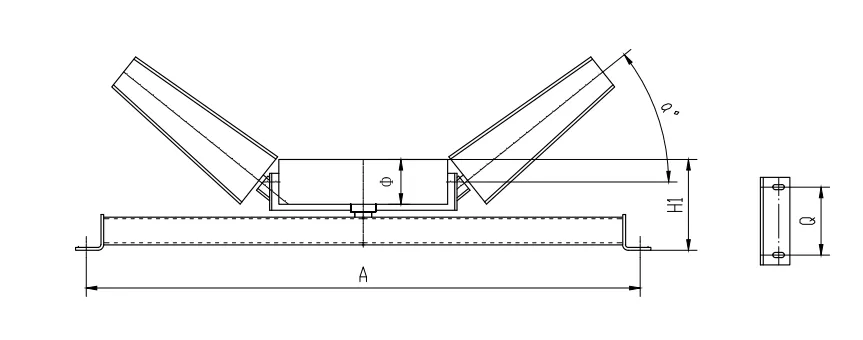 Afrikaans
Afrikaans  Albanian
Albanian  Amharic
Amharic  Arabic
Arabic  Armenian
Armenian  Azerbaijani
Azerbaijani  Basque
Basque  Belarusian
Belarusian  Bengali
Bengali  Bosnian
Bosnian  Bulgarian
Bulgarian  Catalan
Catalan  Cebuano
Cebuano  Corsican
Corsican  Croatian
Croatian  Czech
Czech  Danish
Danish  Dutch
Dutch  English
English  Esperanto
Esperanto  Estonian
Estonian  Finnish
Finnish  French
French  Frisian
Frisian  Galician
Galician  Georgian
Georgian  German
German  Greek
Greek  Gujarati
Gujarati  Haitian Creole
Haitian Creole  hausa
hausa  hawaiian
hawaiian  Hebrew
Hebrew  Hindi
Hindi  Miao
Miao  Hungarian
Hungarian  Icelandic
Icelandic  igbo
igbo  Indonesian
Indonesian  irish
irish  Italian
Italian  Japanese
Japanese  Javanese
Javanese  Kannada
Kannada  kazakh
kazakh  Khmer
Khmer  Rwandese
Rwandese  Korean
Korean  Kurdish
Kurdish  Kyrgyz
Kyrgyz  Lao
Lao  Latin
Latin  Latvian
Latvian  Lithuanian
Lithuanian  Luxembourgish
Luxembourgish  Macedonian
Macedonian  Malgashi
Malgashi  Malay
Malay  Malayalam
Malayalam  Maltese
Maltese  Maori
Maori  Marathi
Marathi  Mongolian
Mongolian  Myanmar
Myanmar  Nepali
Nepali  Norwegian
Norwegian  Norwegian
Norwegian  Occitan
Occitan  Pashto
Pashto  Persian
Persian  Polish
Polish  Portuguese
Portuguese  Punjabi
Punjabi  Romanian
Romanian  Russian
Russian  Samoan
Samoan  Scottish Gaelic
Scottish Gaelic  Serbian
Serbian  Sesotho
Sesotho  Shona
Shona  Sindhi
Sindhi  Sinhala
Sinhala  Slovak
Slovak  Slovenian
Slovenian  Somali
Somali  Spanish
Spanish  Sundanese
Sundanese  Swahili
Swahili  Swedish
Swedish  Tagalog
Tagalog  Tajik
Tajik  Tamil
Tamil  Tatar
Tatar  Telugu
Telugu  Thai
Thai  Turkish
Turkish  Turkmen
Turkmen  Ukrainian
Ukrainian  Urdu
Urdu  Uighur
Uighur  Uzbek
Uzbek  Vietnamese
Vietnamese  Welsh
Welsh  Bantu
Bantu  Yiddish
Yiddish  Yoruba
Yoruba  Zulu
Zulu Types of Pulleys Used in Belt Conveyor Systems and Their Applications
Types of Pulleys in Belt Conveyors
Belt conveyors are essential components in various industries, facilitating the movement of materials over distances both short and long. A crucial aspect of these systems is the pulley, which plays a significant role in belt tension, alignment, and overall efficiency. Understanding the different types of pulleys used in belt conveyors is vital for selecting the right components for specific applications.
1. Drive Pulley
The drive pulley is the heart of the conveyor system. It is typically located at the head of the conveyor and connected to the drive motor. The primary function of the drive pulley is to provide the necessary traction to move the conveyor belt. Designed to withstand high torque, drive pulleys come in various diameters and configurations, including smooth and crowned surfaces. The crowned surface helps maintain alignment, preventing the belt from drifting off the pulley.
2. Return Pulley
Opposite of the drive pulley, the return pulley is situated at the end of the conveyor system. Its primary function is to guide the return side of the belt back to the head of the conveyor. Return pulleys can be flat or crowned as well, with the crowned designs helping maintain proper belt positioning. Additionally, the return pulley supports the weight of the returning belt and any residual materials, ensuring smooth operation.
3. Tail Pulley
The tail pulley, often located at the end of the belt conveyor, helps maintain belt tension and alignment. Sometimes utilized in conjunction with a take-up system, the tail pulley prevents excessive wear on the belt and minimizes sagging. It can also be designed as a drive or non-drive pulley, depending on the requirements of the conveyor system.
types of pulley in belt conveyor

4. Snub Pulley
Snub pulleys are utilized to increase the wrap angle of the drive pulley, enhancing friction and improving traction. Positioned between the drive pulley and the return pulley, snub pulleys assist in adjusting the tension in the conveyor belt. They are highly beneficial in situations where additional traction is needed without altering the overall design of the conveyor system.
5. Idler Pulley
Idler pulleys are essential components that support the belt load across the conveyor. They are distributed at various intervals along the conveyor length to maintain belt elevation and reduce sagging between the drive and return pulleys. Idler pulleys can be designed with different configurations, such as flat, trough, or V-shaped, to accommodate various material handling needs.
6. Take-Up Pulley
Lastly, the take-up pulley plays a pivotal role in maintaining proper belt tension. Typically positioned at either the beginning or the end of the conveyor system, take-up pulleys allow for the adjustment of belt length as it wears over time. They are essential for preventing belt slippage and ensuring consistent performance throughout the conveyor's operational life.
Conclusion
Understanding the various types of pulleys used in belt conveyors is critical for ensuring efficient and reliable operation. Each type of pulley serves a distinct purpose, from driving the belt to maintaining tension and alignment. The selection of appropriate pulleys depends on factors such as the materials being transported, the length and incline of the conveyor, and the operational environment. By carefully considering these factors, industries can optimize their conveyor systems for maximum performance and longevity, ultimately contributing to improved productivity and efficiency in material handling operations.
-
Revolutionizing Conveyor Reliability with Advanced Rubber Lagging PulleysNewsJul.22,2025
-
Powering Precision and Durability with Expert Manufacturers of Conveyor ComponentsNewsJul.22,2025
-
Optimizing Conveyor Systems with Advanced Conveyor AccessoriesNewsJul.22,2025
-
Maximize Conveyor Efficiency with Quality Conveyor Idler PulleysNewsJul.22,2025
-
Future-Proof Your Conveyor System with High-Performance Polyurethane RollerNewsJul.22,2025
-
Driving Efficiency Forward with Quality Idlers and RollersNewsJul.22,2025





























